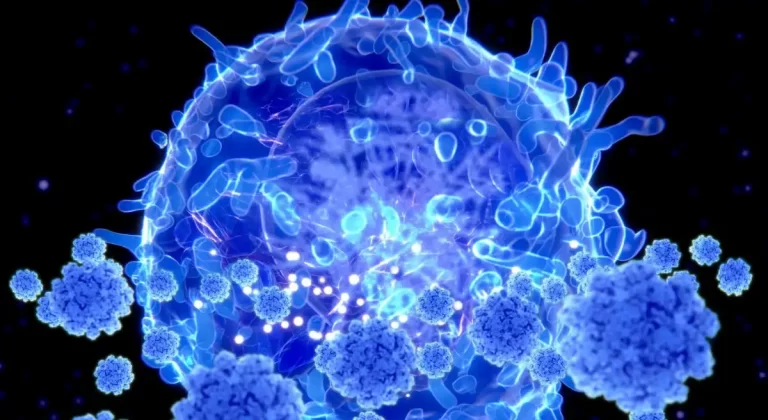
Omicron Subvariants: In the recent past, we all witnessed how the world suffered the devastation led by COVID-19. Although, the number of fresh Covid cases are declining, there is a panic among some countries regarding omicron subvariants.
The post depicts the reasons why there is a need for people not to take these omicron sub variants lightly.
Currently, the omicron variants is dominating the masses by spreading its wings. Although, there are lesser number of cases piling up, there is a need for all of us to remain vigilant.
The statement released by WHO (World Health Organization) on Tuesday stated that Omicron variant is currently spreading globally and accounting for almost all sequences.
What are the Omicron Sub Variants?
Omicron is also known as B1.1.529 variant that came after Delta variant of coronavirus. As you know, it is made up of several sub lineages. Out of them the most common one happens to be BA.1, the BA 1.1. and the BA.2.
As per WHO, one of the main omicron subvariants is BA.2 which has become the point of concern for many researchers.
The reason for concern is that a number of fresh COVID-19 cases were reported that were infected from BA.2 Omicron sub variant.
It was on November 26 when Omicron was declared as the variant of concern. It’s because a plethora of factors like therapeutics, vaccines, availability of diagnostics, change in COVID-19 epidemiology and more.
Now, please find below the symptoms of some of the omicron Subvariants below that you should be aware of.
Omicron Sub Variant BA. 1 & Symptoms
The above B.A1 is known as the first subvariant of omicron that came into existence after the Delta variant of the coronavirus.
The BA.1 lineage, which accounted for 97.4% of sequences submitted to GISAID as of 19 January, has the 69-70 deletion in the spike protein.
Some of the most common symptoms of this subvariant are listed below:
- Mild fever
- Body ache
- Headache
- Sneezing
- Runny nose
- Cold
- Sore throat
Symptoms like loss of smell and taste that were once predominant during the second wave were missing at the time of Omicron wave.
Omicron Subvariant BA.1.1 & Symptoms
In order to study this type of subvariant, researchers concluded that B.1.1 had 40 mutations.
The above was first discovered in South Africa. The symptoms of BA.1.1 omicron subvariant were almost the same like above.
Omicron Subvariant BA.2 & Symptoms
Researchers studied the spread of BA.2 subvariant by going through its genetic sequence. They observed some amino acid differences in various spike proteins. The initial study reveals BA.2 is more contagious as compared to B.A1.
This is what WHO said, “This difference in transmissibility appears to be much smaller than, for example, the difference between BA.1 and Delta. Further, although BA.2 sequences are increasing in proportion relative to other Omicron sublineages (BA.1 and BA.1.1), there is still a reported decline in overall cases globally,” it added.
This subvariant is known to attack immune system at a faster rate. And due to this, it is currently the most severe form of omicron subvariant (as told by W.H.O).
Also Read: New Wave of COVID-19, Measles Outbreak Stretch Fragile Afghan Health System